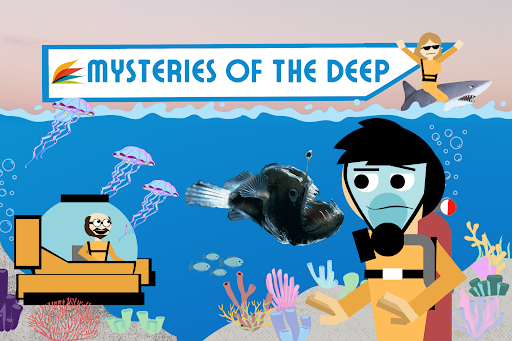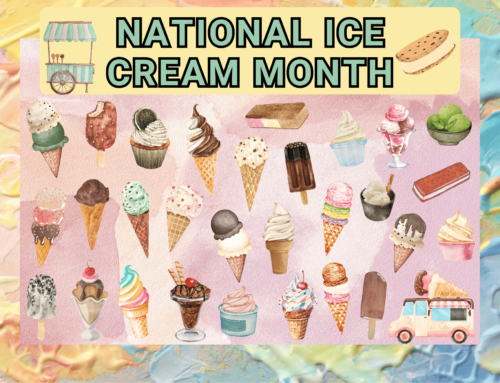
When you go to the beach, have you ever looked down at the water and wondered, “What’s down there?” The ocean is huge. As in MASSIVELY HUGE. According to the Intergovernmental Oceanographic Commission of the United Nations Educational, Scientific, and Cultural Organization (UNESCO), only 5% of the ocean has been explored and charted by humans.
Previously, we learned about the strange and curious creatures that habitate below the levels we sea…(get it?). But this time, I want to talk about a true monster of legends and a small crustacean stuck in between worlds.
The scariest thing about the ocean is not knowing what’s hiding in it. Hopefully, the things you learn in this series will shine some light into the abyss and help you be a little less scared of the things that stir beneath the waves.
Oarfish (Regalecus Glesne)

Despite their undeserved reputation as sea monsters, these creatures are harmless and have no fangs or history of attacks. Oarfish are found in temperate and tropical waters. Nobody knows exactly how long oarfish can live because it has not been studied. They are shy creatures, so they are not seen often.
Here are three facts about this legendary sea monster:
Roly Poly(Armadillidiidae/Armadillidium Vulgare)

Unlike the Oarfish, these creatures are much more common and can be found in your own backyard! These “fish out of water” are the only kind of land crustacean.
Roly Polies are decomposers who feed on all the dead organic matter they can find. The presence of Roly Polies usually means a healthy ecosystem. So if you see these little guys when you lift up a rock or dig through the dirt-don’t be afraid! They are harmless creatures, with no pincers or stingers, who are much more afraid of you than you are of them.
Here’s three facts about these curious crustaceans:
I hope you found these creatures as fascinating as I did. If you’d like to learn more about these sea creatures (and any other animals you may be curious about), visit the library and check out some books from our non-fiction section! Then, take a look at our Gale Online Database, where you can learn even more.





